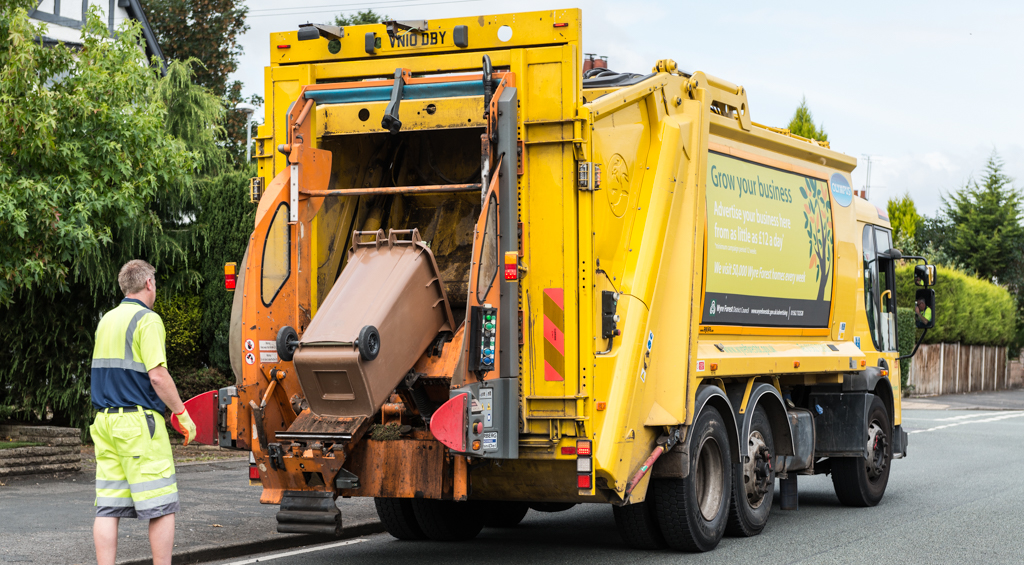
WFDC Fleet and Infrastructure Strategy
Case Study
Project Overview
Wyre Forest District Council (WFDC) approached Cenex to assist in the planning of their fleet transitioning to zero emission vehicles. Cenex analysed the operations of the entire WFDC fleet, visited the Council’s Green Street depot and modelled the power usage at the depot. From this, recommendations were put to the Council to provide data-driven insights for the fleet transition over the next decade.
The Challenge
In Wyre Forest, there is a fleet of council vehicles providing a wide range of services throughout the district, including a significant number of Refuse Collection Vehicles (RCVs). While most vehicles are likely to be simple to transition without changing duty cycles, the fleet’s RCVs present a problem in terms of the length of routes and the limited ranges of the potential replacement battery electric vehicles.
The Development
Following on from previous successful work, WFDC requested that Cenex model the entire Council fleet, providing services throughout the district, including parking and civil enforcement, waste collection, and grounds and green space maintenance. Cenex used internal tools, along with detailed data provided by WFDC, to model the energy usage of the fleet.
The initial modelling baselined the fuel consumption and emissions of the current WFDC fleet, which could then be used to project the emissions savings by moving to zero emission vehicles (ZEVs). The usage of ZEVs in the fleet was then modelled, and it was found that 69% of the fleet could move to current battery electric vehicles (BEVs) since the vehicles would be able to complete the required range. The remaining vehicles, which would have range issues, were all RCVs, but it was found that these could complete the routes if they were instead fuel cell electric vehicles (FCEVs).
The recommendation for the RCVs was to transition these to hydrotreated vegetable oil (HVO) in the short term. In the medium to long term, WFDC should consider the benefits and costs of changing operations or considering top-up charging for BEVs compared with FCEVs, which have their own costs and challenges, particularly around vehicle infrastructure and availability.
After the vehicle fleet was modelled Cenex visited WFDC’s Green Street depot to gather information on the site and understand the challenges presented. The routes and vehicle specifications were used, along with power usage curves which were created based on the council’s actual electricity usage, to model the power requirements for the site.
It was found that all the fleet which are operationally suitable to immediately transition to electric would be able to without upgrading the power supply to the site. However, an upgrade would be necessary if the RCV fleet were to also transition to electric in the future. As such it was recommended to upgrade the power connection to the site by 500 MW to ensure adequate capacity for the future.
The Result
Wyre Forest District Council received a report detailing the recommendations for transitioning vehicles to BEV, along with recommendations to transition the current fleet to HVO and information to inform future decision making on their RCV fleet. A dashboard was also setup to be able to understand how the outputs for the report were generated, and to generate their own custom outputs based on different selections for their fleet transition.
The information provided by Cenex has enabled them to begin procuring HVO for their current fleet and to start inquiries into upgrading the site’s power supply capacity in preparation for the fleet’s transition to ZEVs.
